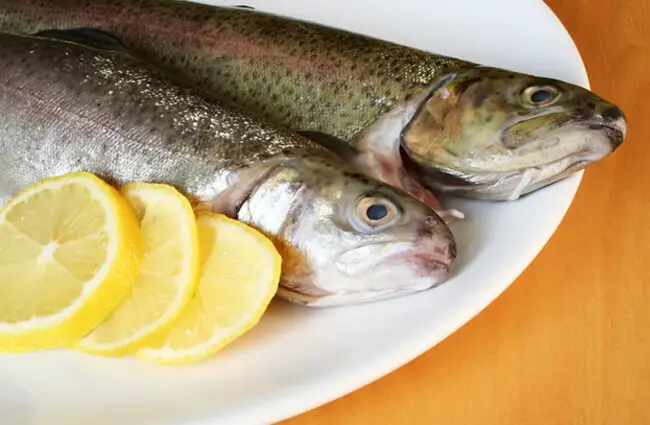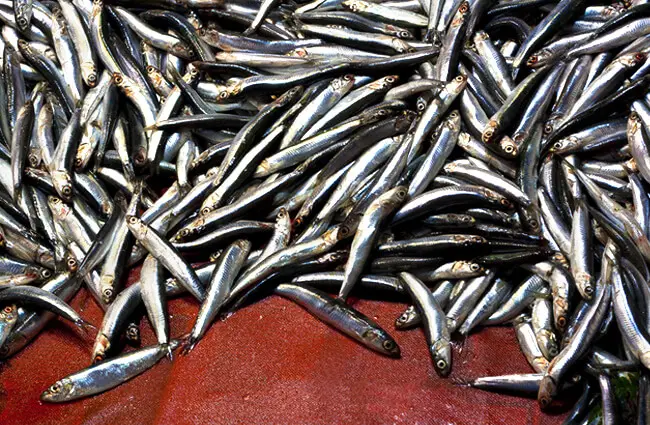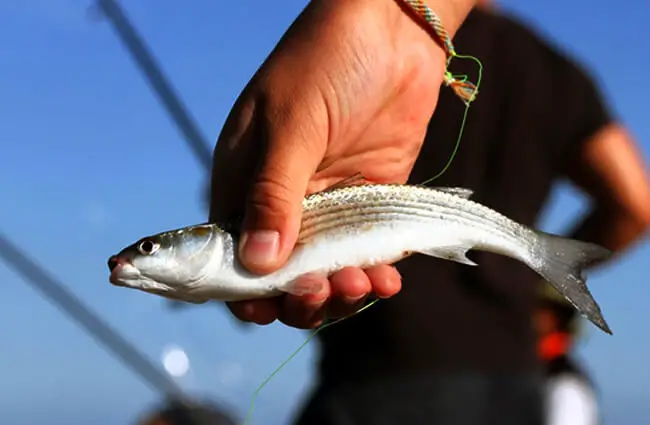The world’s oceans teem with life, and among the most abundant yet often overlooked creatures is the sprat. These small, silvery fish play a critical role in marine ecosystems and have a fascinating history, from their evolutionary origins to their place in human culture. This guide delves into the world of the sprat, exploring its biology, behavior, and significance.

What is a Sprat?
Sprats are small, plankton‑feeding fish belonging to the herring family, Clupeidae. Several species are commonly referred to as sprats, including the European sprat Sprattus sprattus, the Baltic sprat, and similar species found in other parts of the world. They typically measure 7 to 12 centimetres in length and are characterised by their slender bodies, silvery scales, and delicate flesh. Although they are often confused with sardines, sprats are generally smaller and more elongated.
Habitat and Distribution
Sprats inhabit temperate waters of the North Atlantic, the Baltic Sea, and parts of the Mediterranean. They prefer cooler waters and are usually found in large schools near the surface. They occupy coastal areas and estuaries, frequently moving between saltwater and brackish environments. Their distribution is closely tied to the availability of plankton, their primary food source.
Evolutionary History
The evolutionary history of sprats, like that of other members of the Clupeidae family, stretches back to the Mesozoic Era. Fossil evidence suggests that their ancestors were similar in form and feeding habits to modern sprats. Over millions of years they have adapted to a variety of marine environments, diversifying into the several species we recognise today. The ability to form large schools and efficiently filter plankton has been a key factor in their evolutionary success.

Life Cycle and Behavior
Diet
Sprats are primarily plankton feeders, consuming tiny plants and animals that drift in the water column. They use their gill rakers to filter plankton from the surrounding water and are not selective, ingesting a wide variety of planktonic organisms. The abundance of plankton directly influences sprat growth and reproduction.
Mating and Reproduction
Sprats are broadcast spawners, releasing eggs and sperm into the water column for external fertilisation. Spawning typically occurs in spring and summer. Females produce thousands to tens of thousands of eggs, which are pelagic and float freely in the water. Larval sprats feed on copepods and other small crustaceans. Larval survival depends heavily on environmental conditions and food availability.
Social Behaviour
Sprats are highly social fish, forming large, dense schools. These schools provide protection from predators and facilitate foraging. Schooling also plays a role in mating and reproduction. Sprats exhibit synchronised swimming, allowing them to move as a cohesive unit. The size and density of schools vary with food availability and predator pressure.

Ecological Significance
Role in the Food Web
Sprats are a crucial forage fish, linking plankton to higher trophic levels. They are a primary food source for many predators, including larger fish, seabirds, and marine mammals. Herring, cod, mackerel, seals, and various seabird species all rely on sprats as a significant part of their diet. The abundance of sprats therefore directly impacts the populations of these predators, and their role helps maintain the health and stability of marine ecosystems.
Interactions with Other Animals
Beyond predation, sprats interact with other animals in several ways. They can host parasites, which can affect their health and reproductive success. They also compete with other plankton‑feeding fish for food resources. Additionally, they contribute to nutrient cycling in marine environments through their feeding and excretion.
Sprats and Humans
Historical and Cultural Significance
Sprats have been an important food source for humans for centuries. Archaeological evidence suggests that coastal communities in Europe consumed sprats as early as the Neolithic period. Historically, sprats were preserved by salting, smoking, or pickling. They remain a popular food item in many European countries, particularly in Scandinavia and the Baltic region. Sprats are often eaten as a snack or appetizer and are also used in various culinary dishes.

Commercial Fishing and Sustainability
Sprats are commercially fished in several parts of the world, providing a valuable source of protein for human consumption. However, overfishing can threaten sprat populations and the ecosystems they support. Sustainable fishing practices—such as setting catch limits, protecting spawning grounds, and monitoring stocks—are essential for ensuring the long‑term health of sprat populations.
Encountering Sprats in the Wild
If you are fortunate enough to encounter sprats in the wild, observe them from a respectful distance. Avoid disturbing their schools or interfering with their natural behaviour. If you are fishing, adhere to all local regulations and practice responsible angling techniques. Reporting any unusual sightings or concerns to local authorities can contribute to sprat conservation efforts.
Interesting Facts About Sprats
- Sprats can swim at speeds of up to 15 kilometres per hour.
- They typically live for 2 to 4 years.
- Sprat schools can contain millions of individuals.
- Their silvery colour helps them blend into the water column.
- Sprats are rich in omega‑3 fatty acids, which are beneficial for human health.

In conclusion, the sprat is a fascinating and ecologically important fish. Its small size belies its crucial role in marine ecosystems and its long history of providing sustenance for both wildlife and humans. Understanding the biology, behaviour, and conservation needs of sprats is vital for ensuring the health and sustainability of our oceans.

![Red Angus Closeup of a beautiful Red Angus cowPhoto by: U.S. Department of Agriculture [pubic domain]https://creativecommons.org/licenses/by/2.0/](https://animals.net/wp-content/uploads/2020/03/Red-Angus-4-238x178.jpg)




![Red Angus Closeup of a beautiful Red Angus cowPhoto by: U.S. Department of Agriculture [pubic domain]https://creativecommons.org/licenses/by/2.0/](https://animals.net/wp-content/uploads/2020/03/Red-Angus-4-100x75.jpg)

